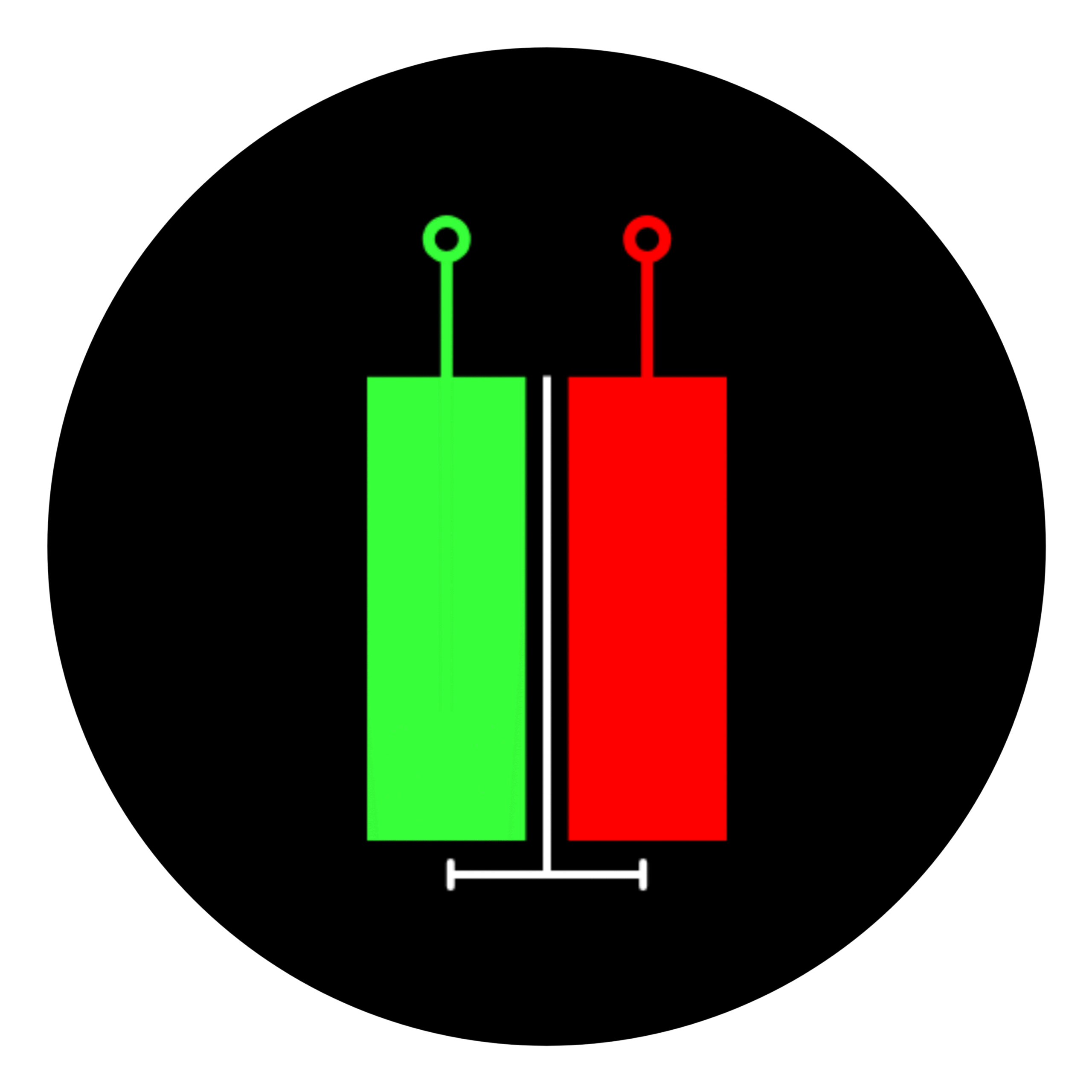Oil company shares are dropping today because crude oil prices are going down. This is happening after OPEC+ decided to pump more oil into the market. In this article, we’ll explain why oil company shares are falling, how OPEC+ affects oil prices, what crude oil is, and what inventory has to do with it. We’ll also look at other important factors that affect crude oil prices. Everything will be explained in a clear and simple way.
What is OPEC+?
OPEC+ is a group of countries that produce a lot of the world’s oil. It includes OPEC (Organization of the Petroleum Exporting Countries) members, like Saudi Arabia, and other big oil-producing countries like Russia.
Together, they decide how much oil to produce. This decision affects oil prices around the world. When they produce more oil, prices usually go down. When they produce less, prices can go up.
Recently, OPEC+ agreed to increase oil production by 411,000 barrels per day starting in May. This extra oil is expected to hit the market soon, and that’s why crude oil prices are falling now.
What is Crude Oil? Explaining Brent and WTI
Crude oil is the raw liquid taken from the ground. It is used to make products like petrol, diesel, plastic, and more.
There are two major types of crude oil:
- Brent Crude – This comes from the North Sea and is used to set prices in Europe, Africa, and the Middle East.
- WTI (West Texas Intermediate) – This comes from the United States and is used to set prices in North and South America.
Right now, both Brent and WTI prices are going down because of the extra oil that OPEC+ plans to release.
Why Are Oil Company Shares Falling?
Oil companies make money by digging up oil and selling it. When oil prices are high, they earn more profit. But when prices fall, they earn less.
Investors, who own small parts of these companies through shares, look at oil prices to guess how much profit the companies will make. If they think profits will drop, they sell their shares.
So, as crude oil prices are falling, investors are selling their shares in oil companies. This is why oil company share prices are falling today.
The Connection Between Oil Company Shares and OPEC+
OPEC+ plays a big role in oil prices. When they increase oil production, like they did recently, more oil enters the market.
If demand doesn’t go up along with supply, oil prices fall. When oil prices fall, oil companies earn less money. This makes their shares less attractive to investors. So, when OPEC+ increases supply, it often leads to a drop in oil company shares too.
Why Investors Are Selling Oil Now
Investors are scared that prices may fall even more in the coming days. So they are selling their oil-related shares now before the prices drop further.
It’s like if you own a rare toy and find out that more of the same toy is going to be released. You might try to sell your toy now before its value falls.
This rush to sell is pushing crude oil prices even lower and bringing down oil company shares along with it.
How Inventory Affects Crude Oil Prices
Inventory means the oil that is stored but not yet used or sold. It works like a backup supply.
- High Inventory = Lower Prices: If there’s too much oil stored, prices drop because there’s more supply than demand.
- Low Inventory = Higher Prices: If there’s not much oil in storage, supply is limited, and prices go up.
With OPEC+ adding more oil to the market, inventory might go up. If that happens, prices may stay low for a longer time.
How Inventory Affects Company Profits
Many oil companies store oil that they produced or bought when prices were high. If prices fall, they may have to sell this oil at a loss.
For example, if a company bought oil for $70 per barrel but now it’s worth $60, they lose $10 for every barrel.
This reduces company profits. When investors see this, they worry even more and sell more shares, which pushes share prices even lower.
Important Factors That Affect Crude Oil Prices
Crude oil prices do not only depend on OPEC+. There are several other reasons why oil prices can go up or down. Here are the main ones:
1. Supply and Demand
If oil supply is high and demand is low, prices fall. If demand is high and supply is low, prices rise.
2. OPEC+ Decisions
When OPEC+ cuts or increases oil production, it directly affects prices.
3. Geopolitical Tensions
War or political problems in oil-producing countries can reduce supply and push prices up.
4. Natural Disasters and Weather
Storms and hurricanes can damage oil rigs and reduce supply, causing prices to go up.
5. U.S. Dollar Strength
Oil is traded in U.S. dollars. A strong dollar can make oil expensive for other countries and reduce demand, lowering prices.
6. Economic Growth
When the world economy is growing, demand for oil goes up, which can raise prices. In slowdowns, demand falls and prices drop.
7. Oil Inventory Levels
High inventory lowers prices. Low inventory increases prices.
8. Government Policies and Taxes
New rules, taxes, or restrictions on oil use or production can also affect oil prices.
9. Technological Advancements
Better drilling or more electric vehicles can change how much oil is needed or produced, affecting prices.
In short, the reason oil company shares are falling today is mostly because of OPEC+ increasing supply. This is making prices drop. Add to that worries about profits and growing inventories, and investors are quickly pulling out of oil stocks.












